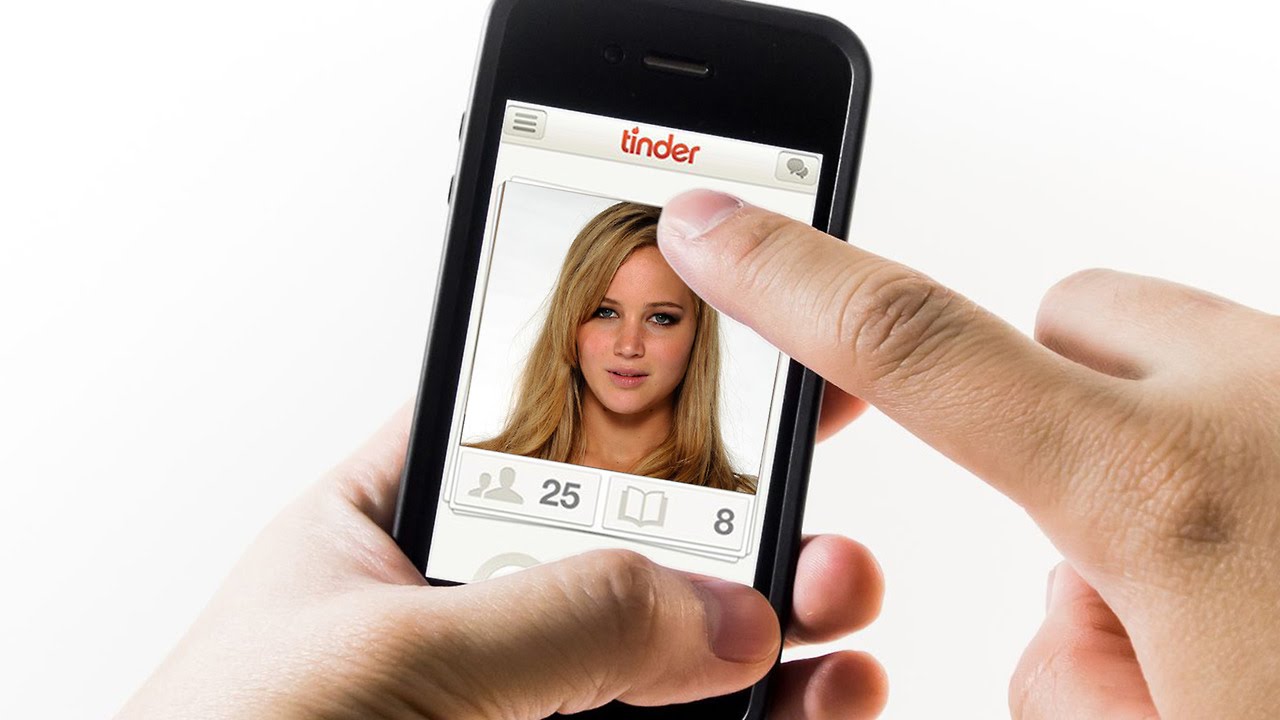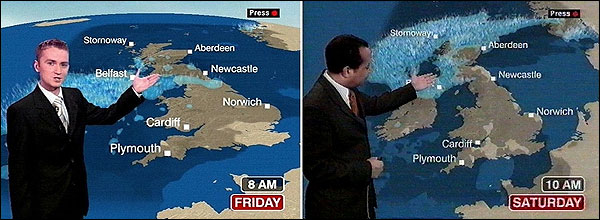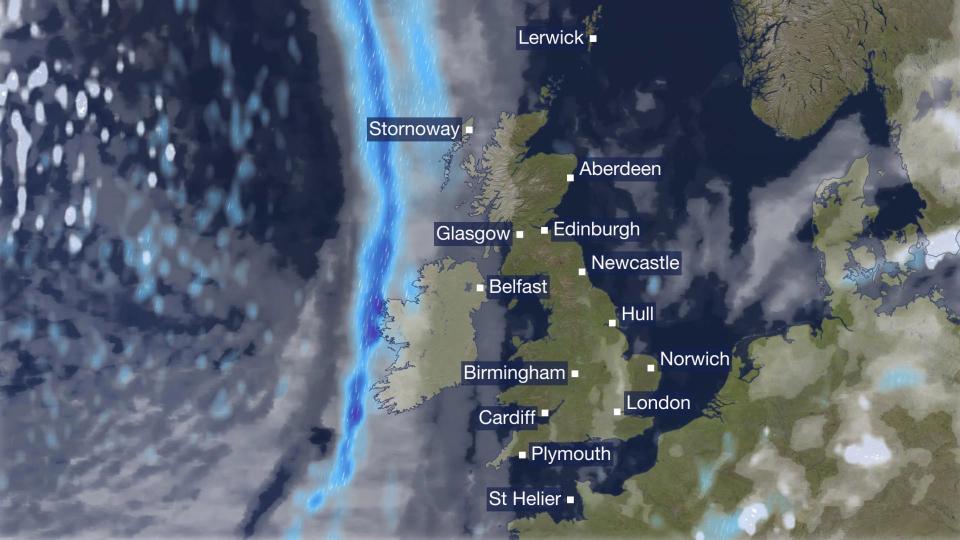
Tinder says it will introduce ‘really sexy’ location-based features this year

Match Group, the parent company of popular dating app Tinder, is swiping right all the way to the bank. In an earnings call this week, the company said Tinder’s ever-increasing subscriber base has crossed the 3 million mark. Match Group will now be leveraging the large tech resources at its disposal to differentiate Tinder from other dating apps.
The aim, it was explained, is to make Tinder something of an overlap between dating and social media. And a key step toward that goal would be to launch a series of location-based features in the coming months.
Now, the company has not detailed what these features would be, but it did say that each location-based feature will build on the previous one. Over time, they will blur “the distinction between digital and real-life dating, and dating and simply engaging in your social life,” Chairman and CEO Grégory Blatt explained. He also promised that these features will be “really outwardly sexy” and bring in new audiences for Tinder.
It could be that Tinder now wants to focus on friendships also, and not just on dating. Or it might want to cash in on how other dating apps are using location services to create a more engaging experience for their users – like Happn shows its subscribers the potential matches they have ‘missed’ in their vicinity.
What we do know for now is that the upcoming location-based features will create “a richer, more enjoyable, more engaging experience that’s more effective [and] will drive greater customer satisfaction and greater word of mouth.”
Match Group also acknowledged that all features may not be a hit with Tinder users. After all, privacy issues have a tendency of creeping in whenever location-sharing is involved. But it was also clarified that these features will be a part of the ‘post-match’ experience on Tinder, i.e., when both parties have expressed interest in each other. So, that might make location-sharing more acceptable.
Let’s wait to hear more on this!









